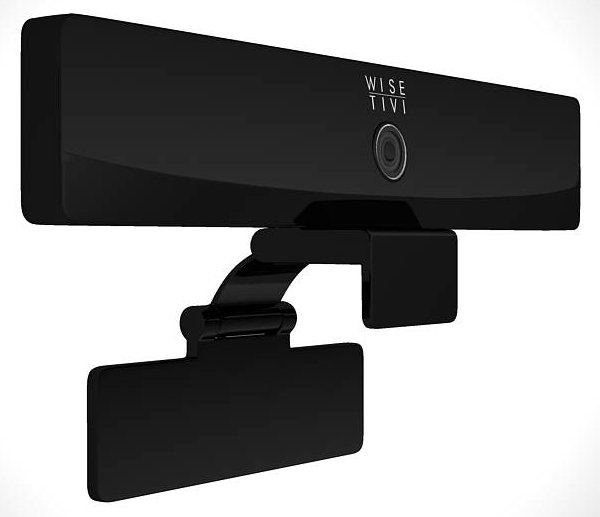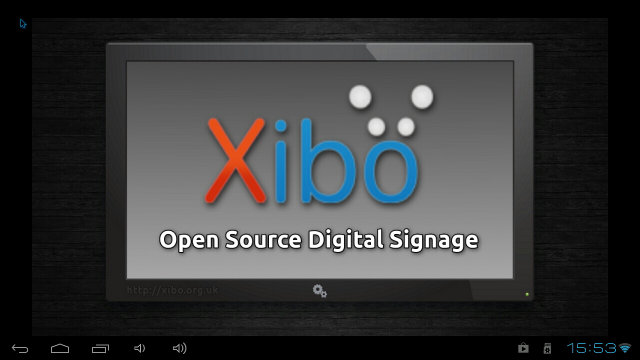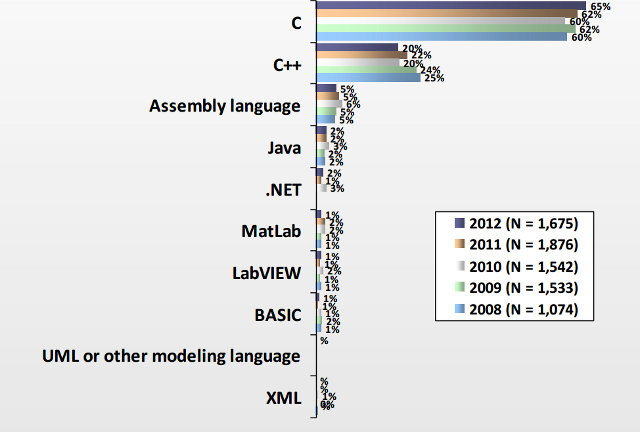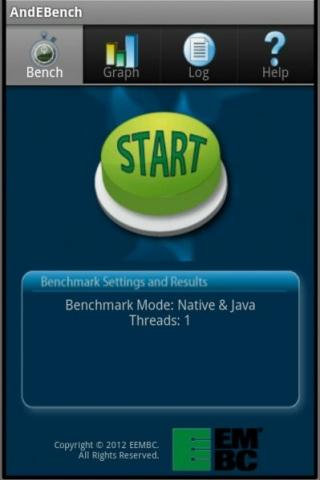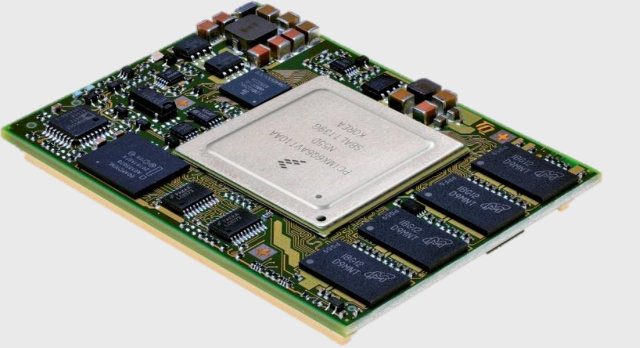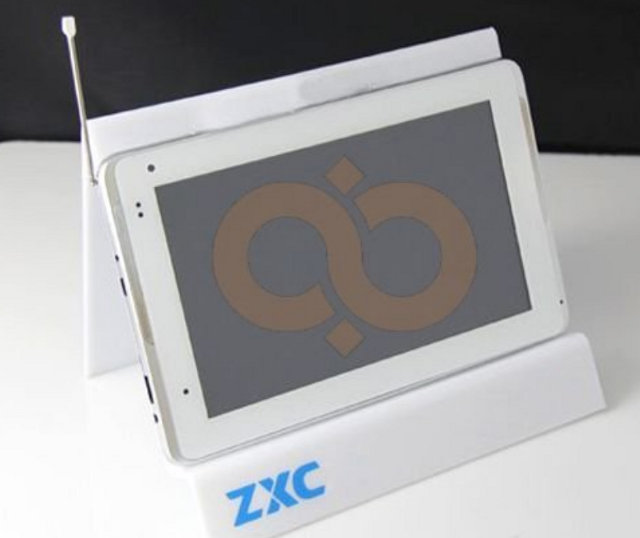Linaro release 12.11 has just been announced, and includes Linux Kernel 3.7-rc2 and Android 4.2. The tracking version (stable release) uses Kernel 3.4.19. This release upgrade Android to version 4.2, adds support for Origen 4 Quad board, and you can now use perf profiling utility in Linaro Android. Initial GRUB support for ARM is now available, the Ubuntu Precise server image is back online and lots of updates have been done on the kernel, mainly for Android, device tree and big.LITTLE. Here are the highlights of the release: Android Platform Enablement Android upgraded from 4.1.2 to 4.2 to all the platforms Android builds are available for Origen 4412 board setup Improvements to click-through license infrastructure MP3 playback enabled for ARM Versatile Express and Samsung Origen (4210 and 4412) Fixed riff USB issue on newer laptops Testing/LAVA Re-enabled Android CTS testing Integrated the new Methanol browser test Upstreaming Perf patch was […]
Wise Tivi Announces Three Android 4.2 Media Players based on Rockchip RK3066 Starting at $59.99
Wise Tivi is a new company that recently launched 3 Android 4.2 (Jelly Bean) products based on what appears to be Rockchip RK3066 processor: Wise Tivi Camera ($89.99) – A set-top box with a front camera that can be conveniently placed on top of the TV. Wise Tivi Portable ($79.99) – The mini PC / PC-on-an-HDMI-stick version. Wise Tivi Box ($59.99) – A standard Android set-top box with IR remote control. According to the company website, all 3 devices share the following specifications: SoC – Dual Core ARM Cortex A9 1.6Ghz with Quad-core ARM Mali-400 MP (Rockchip RK3066) System Memory – 1GB DDR3 RAM Storage – 4 GB Nand Flash (up to 16GB) and microSD card slot Connectivity – WiFi 802.11 b/g/n Video Output – HDMI 1.3 (up to 1920×1080 resolution), USB – 1 x micro USB OTG, 1x SB 2.0 HOST and 1x micro USB for power. Video – […]
Xibo for Android on Mele A1000 Set-top Box & WM8850-MID Tablet
Earlier this month, Xibo developers announced the beta version Xibo for Android was available for testing. Contrary to the Linux & Windows clients and servers which are open source, Xibo for Android is developed by Spring Signage and will available commercially. This sponsorship will help finance the development of Xibo open source software: the 2 clients (.net in Windows, Python in Linux), the server and API. The current beta version supports the most important features of the Windows client, but lacks support for Adobe Flash, Microsoft PowerPoint, Datasets, Microblog, Stats, Counter Media, Socket Listener, Lift/Serial Interface Support, Offline Update via USB Drive, Full Compositing (overlapping regions) and Video Transparency. If you want to test the Xibo client for android, you can register for the private BETA and download an APK (Xibo_Android_Clientv1.0.12.apk) to install on your Android devices. Being part of the BETA program will also guarantee you a price of […]
2012 Embedded Market Study – Software Development & Processors
I’ve just come across an Embedded System Study by UBM published in April 2012. The company surveyed over 1,700 professionals working on embedded systems who are mainly based in the US (56%), but also in Europe (21%) and Asia (12%). The report is 87 long, but I found some of the slides are particularly interesting in regards to programming languages, operating systems and software life cycle, as well as processor/micro-controller choices. Unsurprisingly C (65%), C++ (20%) and assembler (5%) are still the main languages used for embedded software development. In this report, we also learn that the average team is composed of 14.5 members including 5.6 software engineers, 5.6 hardware engineers and 3.3 firmware engineers. 2012 was the first year they included QA Engineers and system integrators both with 2.6 members on average working on projects lasting from less than 6 months to over 25 months. UBM survey also provides a […]
List of Android Benchmarks, Optimizations Results & Benchmarks Analysis
Linaro Connect Europe occurred in Copenhagen on Oct. 29 – Nov. 2 2012 (LCE12) and included 3 mini-summits about Android, big.LITTLE and ARMv8. Linaro has recently posted the presentation slides and I’ll have a look at a few of those slides in details and try to post information that I feel can be interesting. Today. I’ll go over the “Benchmarking and Optimization Opportunities” slides, where we can learn which Android Benchmarks Linaro use, how they’ve decreased benchmark results variance, which parts of the system are actually tested by benchmarks (profiling), and what they plan to do to further optimize Android on ARM. When I do some reviews, I usually simply use Antutu and Quadrant benchmarks to assess the performance of the devices, but Linaro uses many more benchmarks which I’ll list below. I’ll provide 2 links for each benchmark. The first link is to the official website and the other […]
TQ Group TQMa6X Embedded Modules based on Freescale i.MX6 Processors
TQ Group has recently unveiled several TQMa6X embedded CPU modules that feature Freescale i.MX6 Solo, Dual and Quad processors, targeting screen, multi-touch, and multi-display applications as well as conventional controlling tasks. 3 modules are available: TQMa6S-AA – Single Cortex A9 / 1,2 GHz, 2 GB eMMC Flash, 512 MB DDR3, 64 kB EEPROM, -25°C…+85°C TQMa6D – Dual Cortex A9 / 1,2 GHz, 2 GB eMMC Flash, 512 MB DDR3, 64 kB EEPROM, -25°C…+85°C TQMa6Q – Quad Cortex A9 / 1,2 GHz, 2 GB eMMC Flash, 1 GB DDR3, 64 kB EEPROM, -25°C…+85°C TQMa6X modules share the following specifications: Processor – Freescale MCIMX6 Single/Dual/Quad Cortex A9 up to 1,2 GHz System Memory – Up to 2 GB DDR3 SDRAM Storage – Up to 64 GByte eMMC Flash, EEPROM: 0 / 64 kbit and up to 128 MB NOR-Flash. System interfaces: CAN – 2x FlexCAN ESAI (Enhanced Serial Audio Interface) Ethernet – 1x 10/100/1000 Mbit (IEEE […]
Low Cost Tablets (ZXC Z7) with Built-in 3G Powered by Mediatek MTK8377 Dual Core Processor
Many low cost tablets can only support 3G connectivity via an external 3G USB dongle, and if you are searching for one online, it can be a pain to find because of keyword stuffing. I’ve just discovered one easy way to filter the 3G tablets: Specify Mediatek MTK6575 (Single core Cortex A9) or MTK8377 (dual core Cortex A9) processors during the search as those platforms (always?) include a connectivity combo that provides GSM and 3G support. Media MTK8377 is still very new, but some preliminary tests show its Antutu score is 5626, which is not really wonderful, but still passable for an SoC clocked at 1.2 GHz. As a reference, I’ve seen AMLogic AML8726-MX dual Cortex A9 SoC @ 1.2 GHz having an Antutu score of 5900. The GPU used in MTK8377 is Imagination Technology PowerVR SGX531, which was released 6 years ago. That’s about all I know about the processor […]
Freescale i.MX6 Resources: Development Boards, Documentation, Source Code and Tools
Reader “Mark” recently left a comment saying the NDA on Freescale i.MX6 resources was lifted and documentation and source code were now available for the platform. So it’s time for me to look into it, and provide an overview of Freescale i.MX6 features, list available development platforms, and have a closer look at the documentation, source code and tools for the platform. Freescale i.MX6 Processors In 2011, Freescale initially announced 3 processors in the i.MX6 series for consumer, industrial and automotive markets, but added 2 lite SoC in 2012, and there are now 5 members in the family: Freescale i.MX6SoloLite – Single Cortex A9 processor up to 1 GHz with 256KB L2 Cache, 32-bit DDR3 and LPDDR2 memory support, and 2D graphics accelerator (Vivante GC355 + GC320) Freescale i.MX6Solo – Single Cortex A9 core up to 1 GHz with 512KB L2 Cache, 32-bit DDR3 and LPDDR2 memory support, and 2D & […]



